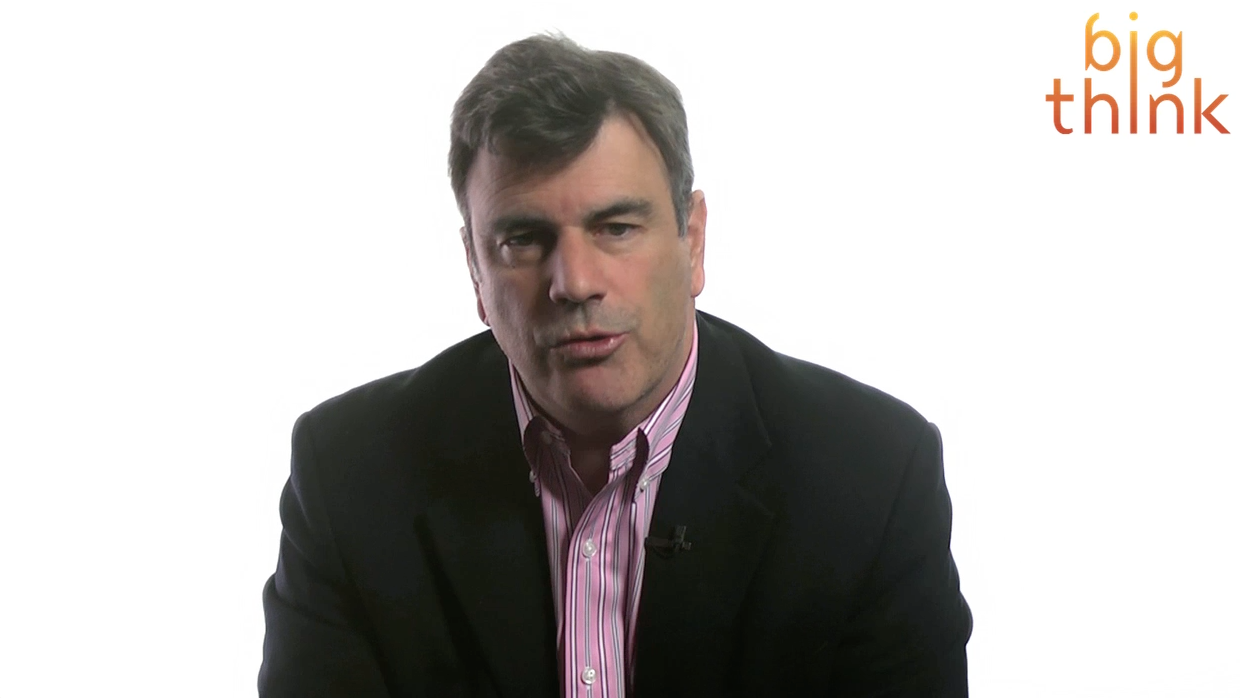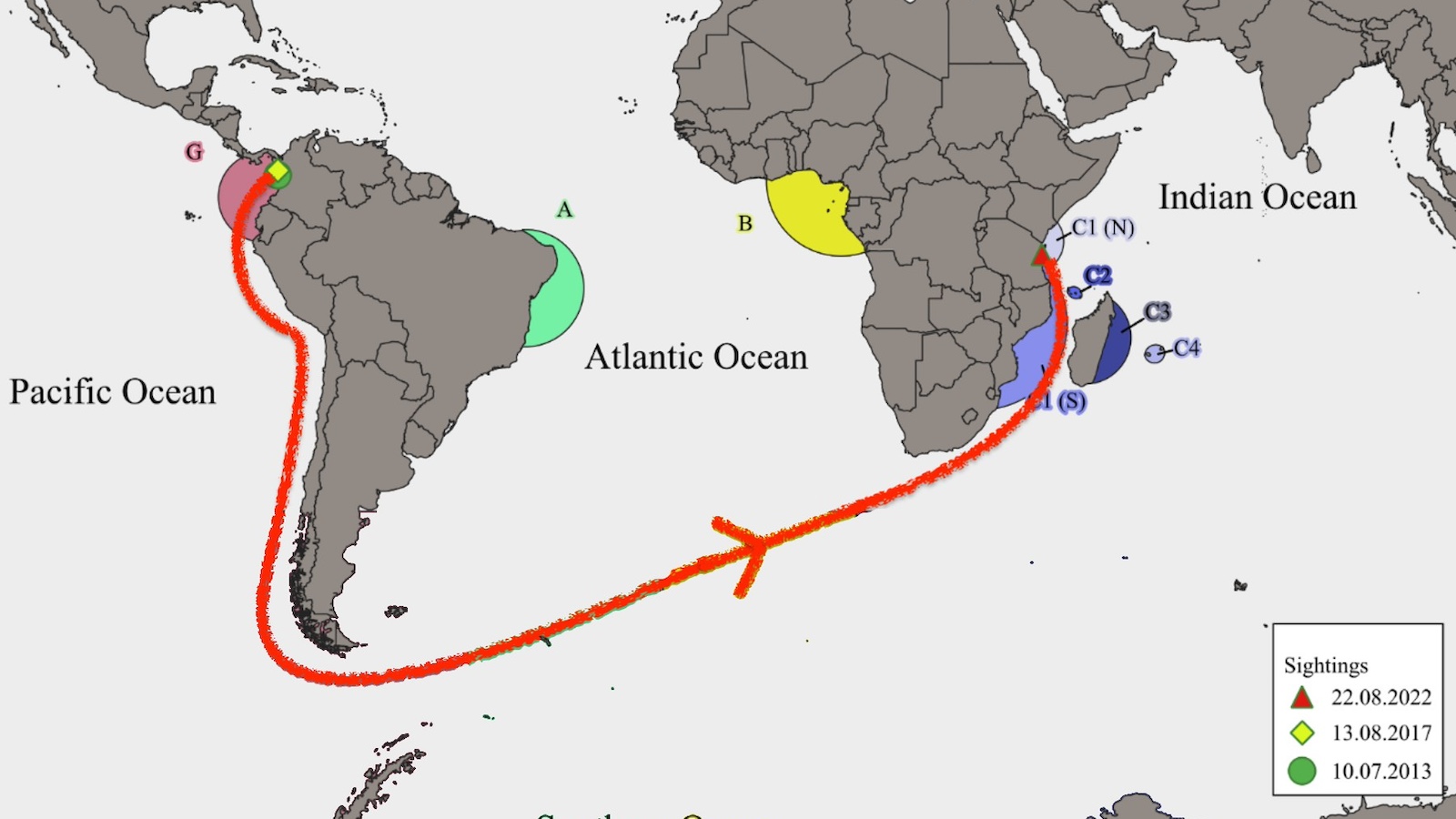Ideas are the wrong unit of measurement for innovation, says Michael Schrage, author of The Innovator’s Hypothesis. This is because so many ostensibly “good ideas” are a drain on capital that eventually end up going nowhere. Instead of investing in ideas, Schrage recommends reframing them as testable hypotheses that can be run in a fast, simple, cheap business experiment. It’s out of these that firms and innovators acquire the most value.
Michael Schrage: By far the most controversial thing I wrote in the book is the notion that good ideas are bad. And being a quasi-academic and somebody who, in theory, loves and likes good ideas this realization, dare I say epiphany, came as a bit of a shock to me. But the reality is when you do a hard-core, realistic, pragmatic analysis of the economic value of ideas you realize for most organizations the overwhelming majority of ideas they have lose the money. They do not break even. Good ideas are bad. Ideas are the wrong unit of analysis for thinking about innovation. Ideas have a great brand, you know. Somebody says, "I have a great idea," people pay attention. If you say, "I have a brilliant hunch," they’re going to look at you like you’re a nut. If you say, "I have a passionate belief," they’re going to look at you like you’re a religious zealot. Ideas have a great brand and under that brand umbrella people sort of overweight someone who says I have a good idea. I think saying that you have a good idea is saying like, “Well, gee.” It’s like an art critic saying, reviewing how much the art costs or how much a sculpture weighs. Ideas are the wrong unit of analysis. Why? Because what happens to the majority of ideas as we try to march them towards implementation? We come to the sad realization that, gee, it seemed like a good idea at the time. And so there’s a bit of a survivorship bias.
You know, the good ideas that survive are celebrated as a good idea. All the “good ideas” that died along the way, cost us money along the way, wasted our time along the way, wasted our emotion along the way. They’re forgotten and buried. Good ideas are bad. My book is about the better unit of analysis if you care about innovation. I think you need to have the rigor and intellectual self-discipline not to think in terms of what is a good idea, but what is a testable hypothesis? What is a testable hypothesis? And you know what? Even that’s not good enough. That testable hypothesis has to be simple to test. It has to be easy to test. And it has to be cheap to test because finding the Higgs boson is a multibillion-dollar hypothesis to test. Most organizations can’t afford to test multibillion-dollar hypotheses. Most organizations don’t have the time or the money, let alone the interest, on this. So one of the most important takeaways I encourage people to think about and rethink about is if you have what you think is a good idea, the best way to get a return on that investment is to reframe that good idea as a testable hypothesis that can be run in a fast, simple, cheap business experiment.





